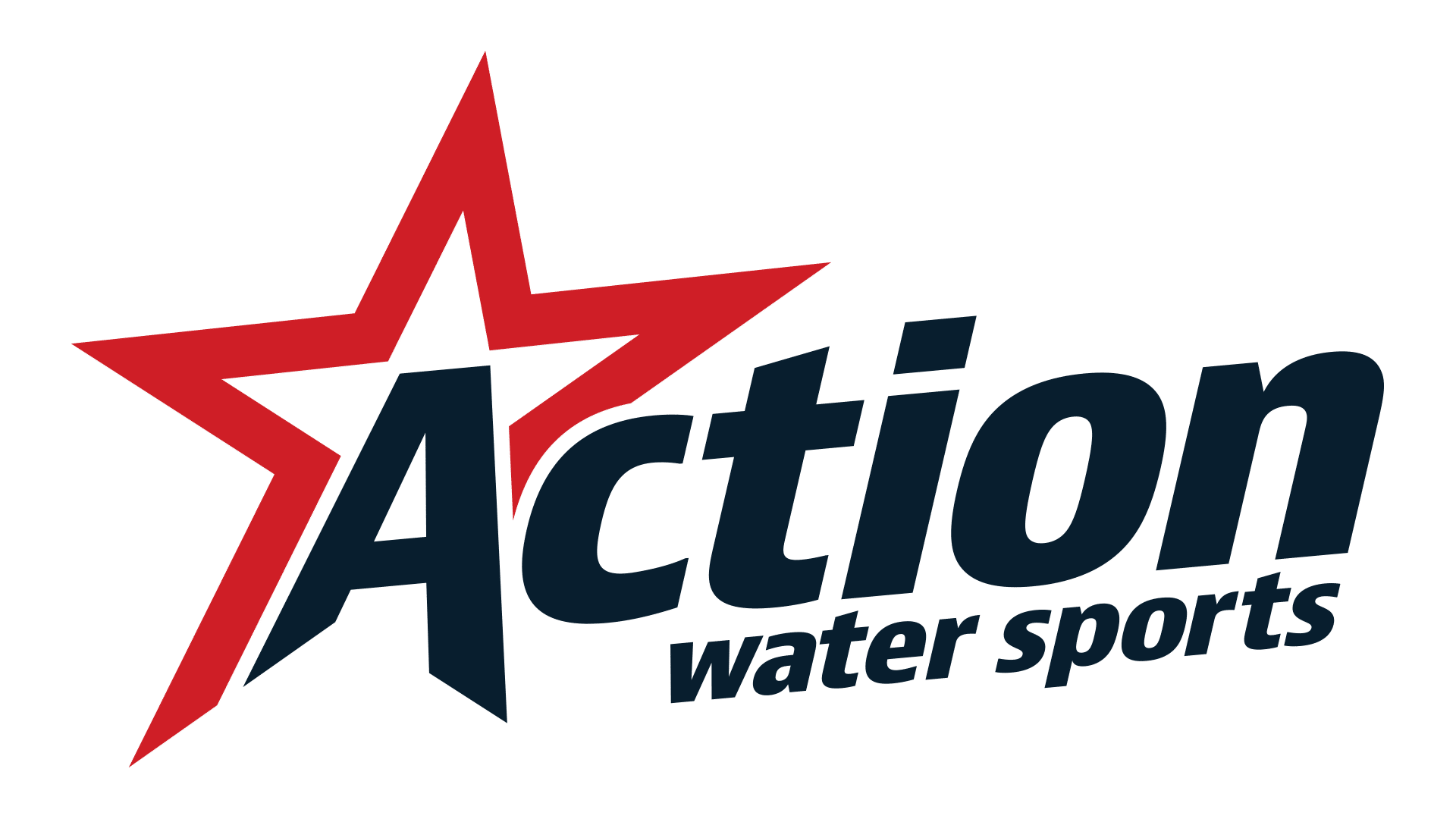Are you interested in learning about the cost of a new boat? You’re in the right place.
If you’ve ever started looking into buying a new boat, you’ve probably noticed that prices can be all over the map. It’s not uncommon to see a small fishing boat starting around $20,000 and then stumble across a luxury wake boat pushing $400,000 or more. So, what gives? Why is there such a wide range in boat pricing?
In this article, I’m breaking down the key factors that affect the cost of a new boat. Whether you’re shopping for your first boat or just curious about how pricing works, here’s what you need to know.
Understanding MSRP
MSRP stands for Manufacturer’s Suggested Retail Price. It’s the price the boat builder sets based on a number of factors. This includes things like production cost, standard features, brand value, and dealer margins. Just like with cars, the MSRP is a starting point. It’s not necessarily what you’ll pay.
Most boat dealers use MSRP as a guide, but the final price is often lower. Dealers will typically offer discounts or incentives depending on the time of year, inventory levels, and even current promotions from the manufacturer. Boat shows are another great opportunity to see pricing below MSRP.
That said, boats don’t usually have fixed prices like groceries on a shelf. There’s some room for flexibility, but there are also limits. If a dealer is selling high-demand models or if inventory is tight, there might not be much room to negotiate. On the flip side, if a new model year is coming out or there’s a leftover boat on the lot, you may find a better deal.
Don’t assume MSRP is what you’ll actually pay. Always ask about current pricing, promotions, and available incentives.
The Type of Boat Matters
This might sound obvious, but different types of boats come with very different price tags.
A small aluminum fishing boat with a basic outboard might run you $15,000–$30,000 or maybe even less. Meanwhile, a high-end bowrider with built to spend the weekend on might be upwards of $500,000. With so many different types of boats, you can’t give a blanket price on “boats” in general.
Each type of boat is built with a different use in mind, which directly affects the design, engine, materials, and features. For example:
- Pontoon boats are generally more affordable, but high-end models with tritoons and powerful engines can climb past $250,000.
- Wake boats are purpose-built for watersports. They include ballast systems, surf tabs, and touchscreen controls. That specialized equipment makes them more pricey.
- Fishing boats vary widely. A basic tiller-style boat is far cheaper than a center console rigged for offshore sportfishing.
- Bowriders or cabin cruisers include living spaces, kitchens, and multiple engines leading these boats to land on the higher end of the pricing spectrum.
So, when someone asks, “How much does a boat cost?” the honest answer is: it depends on what kind of boat you’re talking about. Make sure to compare boats within the same category when you’re shopping.
Where You Live Can Impact the Price
Believe it or not, geography plays a big role in boat pricing too.
Boats sold in coastal states or boating hotspots may cost more than the same model in a less competitive region. That’s partly because of demand. If you’re shopping in an area where boats are in high demand like Florida, or Michigan you may find less wiggle room in price.
Freight also factors in. If a boat is built on the West Coast but you’re buying it in the Midwest, the cost to ship it across the country may be rolled into the final price. Some dealers may help reduce this on the final cost of the boat, but not always
Local tax rates, registration fees, and marina access can also vary by state, which makes your total cost of ownership a bit different depending on where you live.
However, when searching for a new boat, you’re often limited to boats within your region. This is because manufacturers only allow their dealers to sell into a certain region. This keeps local dealers from competing in the same market. Keep this in mind when looking for a new boat as you will have to shop somewhat locally.
Upgrades and Options Add Up Quickly
When you see a base model price advertised, keep in mind that it doesn’t always include the bells and whistles.
Some boats are highly customizable. Once you start adding things like premium audio systems, upgraded flooring, advanced electronics, trailers, wake towers, or other luxuries, the price goes up fast.
Engines make a huge difference too. Choosing a bigger outboard or upgrading from a single to a twin setup can jump the price by thousands, sometimes tens of thousands.
Here’s a quick example:
- A base pontoon boat (not a Barletta) might start around $45,000.
- Add a bigger engine: +$7,000
- Upgrade to triple toon with performance package: +$10,000
- Add a bimini, stereo, and touchscreen display: +$5,000
- Throw in a trailer and freight costs: +$5,000
Suddenly, that $45,000 pontoon is pushing $70,000…and that’s before tax or registration.
The good news? You can pick and choose what matters most to you. If you’re budget-conscious, focus on what you’ll actually use. But if you want a boat that’s fully loaded and ready to turn heads, be prepared to stretch your budget accordingly.
The Economy and Market Conditions
Like most big-ticket items, boat prices are influenced by the economy.
When the economy is strong, demand for new boats typically increases. More demand can mean fewer discounts and longer wait times for new models. On the flip side, during periods of uncertainty or inflation, some buyers hold off which can open the door for deals.
Supply chain disruptions can also have an impact. During the COVID shutdown, many boat builders faced parts shortages and labor challenges. That led to longer production timelines and higher prices across the board.
Interest rates play a role too. Most people finance their boats, so if rates are high, it can make monthly payments less attractive. This may slow demand and influence dealers to offer better deals to keep inventory moving.
If you’re in the market for a new boat, it’s worth keeping an eye on economic trends. You might find yourself in a position to take advantage of seasonal or market-driven price drops.
Ultimately, How Much Does a New Boat Cost?
The answer depends on a mix of factors: MSRP vs. dealer pricing, the type of boat, where you live, what options you choose, and what’s happening in the economy. There’s no single price tag that fits every boat shopper.
Here’s a quick summary of what to keep in mind:
- MSRP is just a starting point. Dealers can often sell for less, especially during off-season or seasonal lulls.
- Boat type matters. Know what category fits your needs before getting too far into pricing.
- Location impacts cost. Regional pricing differences are a real thing. Do you research.
- Options and upgrades add cost fast. Stick to what you’ll actually use.
- Market conditions matter. Timing your purchase around the economy and promotions can save you money.
Buying a boat is a big decision, but it’s also an exciting one. If you’re seriously thinking about taking the plunge, it’s worth doing your research and working with a trusted dealer who can walk you through the options and help you stay within your budget.
If you have any questions about boat pricing, models, or what to expect from the process, feel free to contact your local Action Water Sports. We’re happy to help you find the perfect boat for your lifestyle.
Happy boating!








